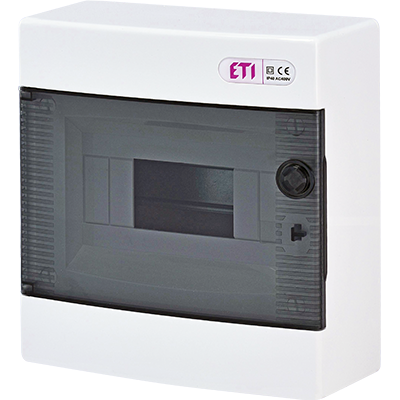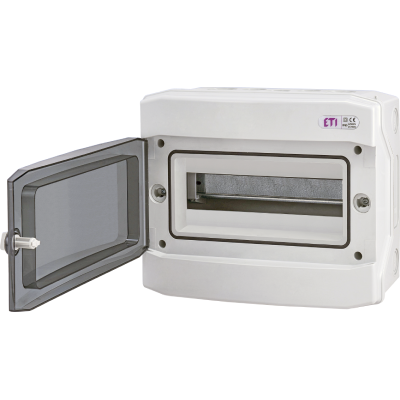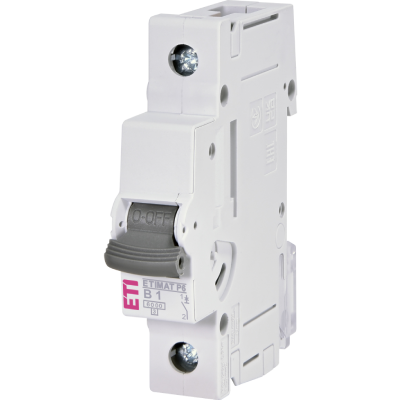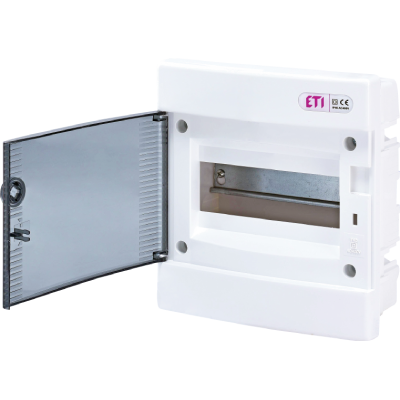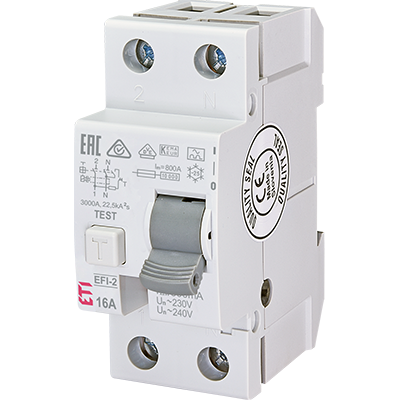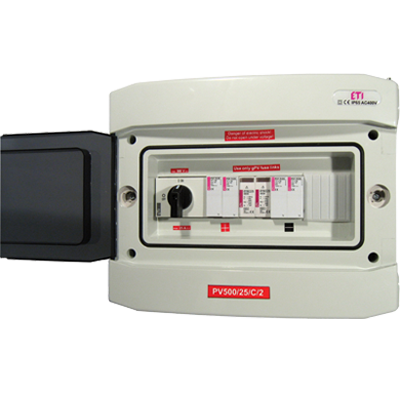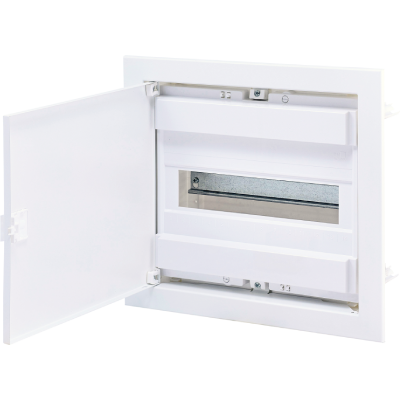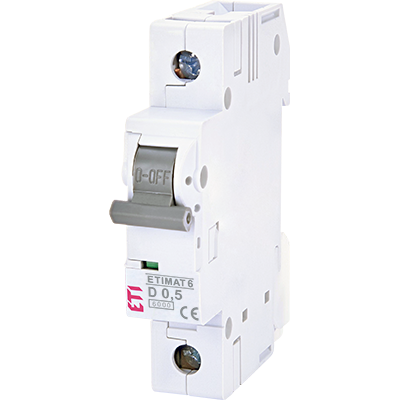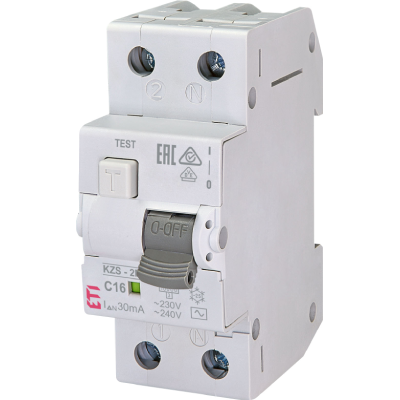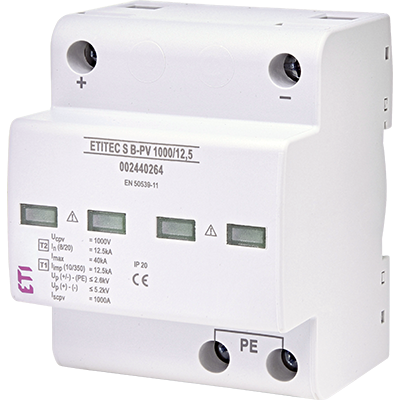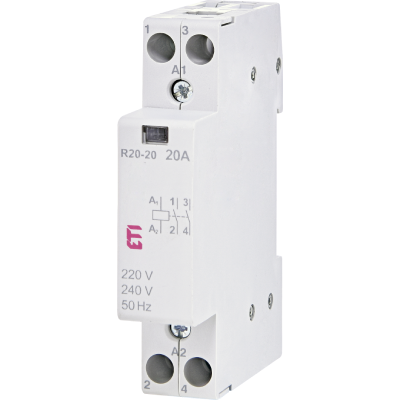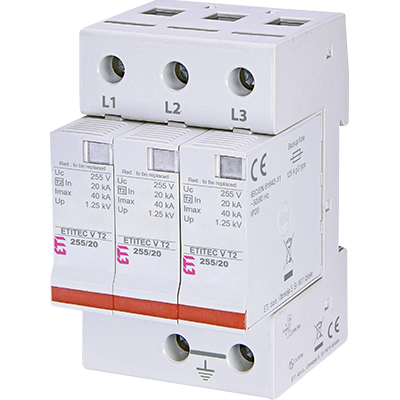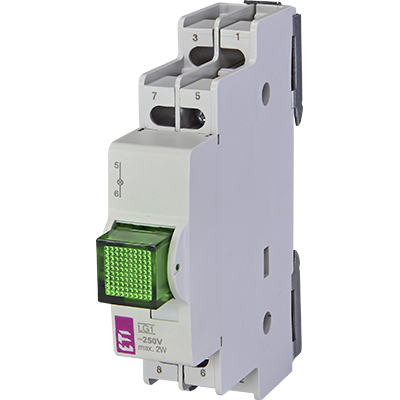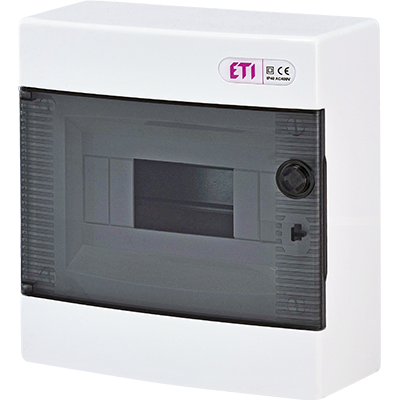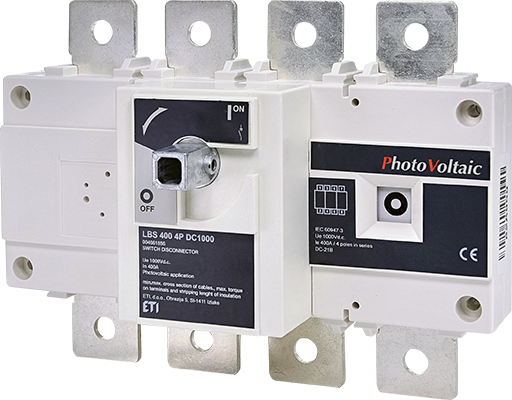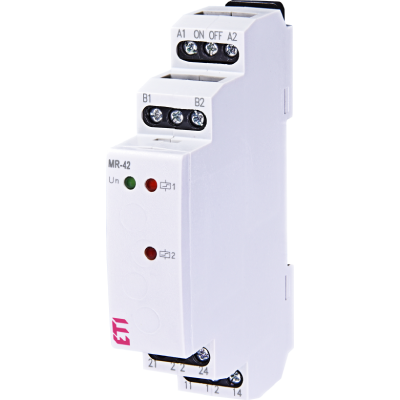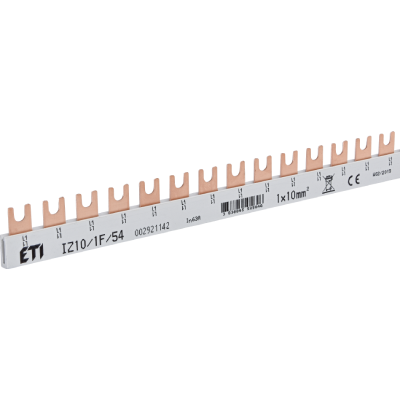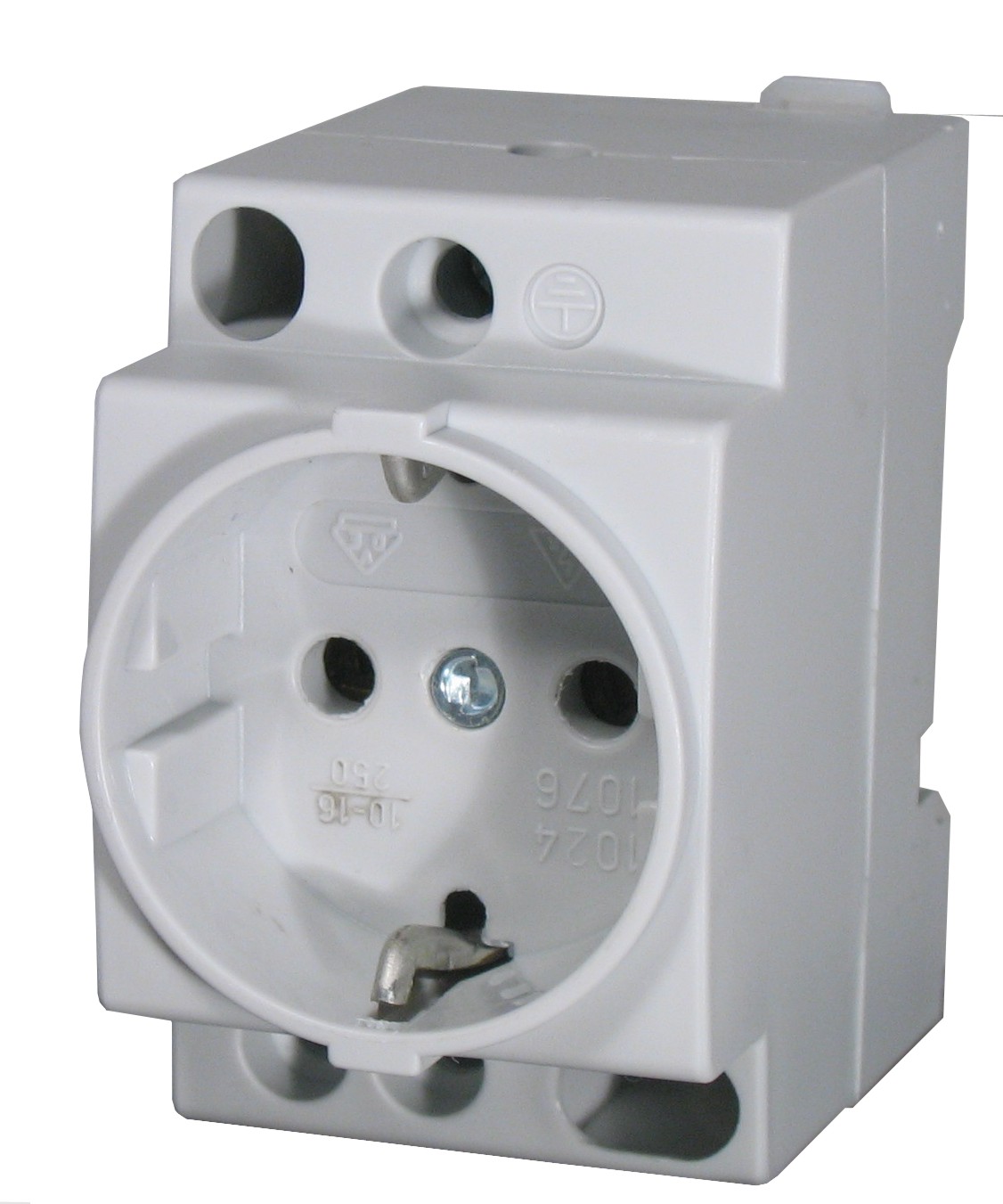Why Doesn’t a DC System Require a Grounding System Similar to an AC System?
Grounding and earthing are crucial for ensuring the safety and stability of electrical systems. While both AC and DC systems may require grounding, the requirements and implementation differ significantly. This article explores why DC systems do not always need grounding like AC systems and how regulations, including IEC standards, influence grounding practices in DC applications.

The Role of Grounding in Electrical Systems
Grounding in electrical systems serves multiple purposes:
- Safety: Protecting personnel from electric shock.
- System Stability: Providing a reference point to stabilize voltage.
- Fault Protection: Allowing circuit breakers or fuses to detect faults and disconnect the faulty section.
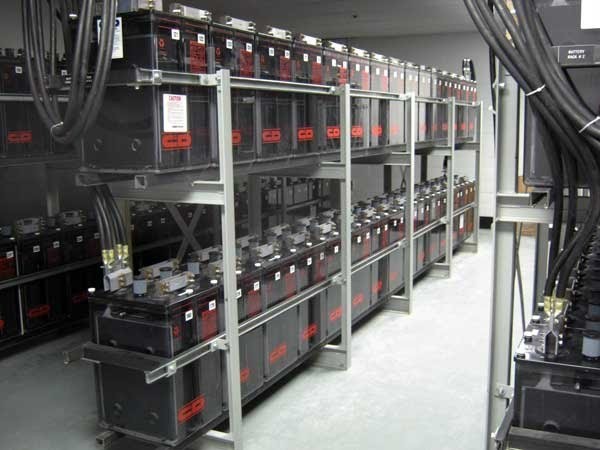
While AC systems mandate strict grounding practices under standards such as IEC 60364, IEC 61936-1, and national regulations like VDE 0100 (Germany) or BS 7671 (UK Wiring Regulations), DC systems often use different grounding strategies or none at all.
Why Do Some DC Systems Not Require Grounding?
Unlike AC systems, where grounding is essential for system protection and safety, DC systems often function without an explicit ground reference due to:
- Stable Polarity: DC voltage does not oscillate like AC, meaning it doesn’t require a reference point to maintain phase balance.
- Floating Configurations: Many DC systems, such as battery-powered devices, photovoltaic (PV) systems, and telecom power supplies, operate with floating grounds to improve insulation and reduce leakage currents.
- Lack of Capacitive Coupling Issues: AC systems are prone to capacitive coupling with the earth, which can lead to voltage imbalances and safety risks if not grounded properly. DC systems generally do not suffer from this issue.
- Reduced Fault Current Risks: Ungrounded DC systems may continue operating even with a single ground fault, whereas an ungrounded AC system could pose immediate risks.
DC Systems That Often Use Floating (Ungrounded) Configurations
- Battery-Powered Systems: In vehicles and portable electronics, the circuit is isolated and does not require grounding.
- Solar PV Installations: Inverters often have protective earth connections, but the DC side of the PV array may remain floating or referenced to ground for safety.
- Telecommunication Networks: DC power systems in telecom applications are typically -48V floating systems, minimizing interference and ground loops.
- Railway Traction Systems: High-voltage DC railway systems often use a return conductor rather than grounding.
When is DC Grounding Required?
Regulation | Application | Grounding required |
IEC 60364-1 / IEC 61936-1 | HVDC Systems | ✅ Yes |
IEC 60204-1 | Industiral DC Panels | ✅ Yes |
IEC 62548 | PV and BESS | ✅ Yes |
Mixed AC/DC Installations | Factories, buildings | ✅ Yes |
ESD Protection | Cleanrooms | ✅ Yes |
Differences Between AC and DC Grounding
| Feature | AC Grounding | DC Grounding |
| Reference Point | Neutral grounded to earth | Often floating or chassis ground |
| Standardization | IEC 60364, IEC 61936 | IEC 60364, IEC 62548 (for PV), IEC 60204-1 (for machinery) |
| Fault Detection | Requires a return path via neutral | Ground fault detection systems used in industrial applications |
| Safety Considerations | Grounding ensures a low-impedance return path | DC systems may use insulated returns |
| Earth Leakage Concerns | Higher risk due to capacitive coupling | Less risk but requires ground fault monitoring |
Advantages of Grounding DC Systems
When DC grounding is implemented correctly, it provides several benefits:
- Enhanced Fault Protection: A grounded negative conductor can trip a circuit breaker or fuse upon a ground fault, preventing damage and hazards.
- Reduced EMI and Noise: Grounding helps minimize interference, especially in sensitive automation, telecommunication, and control circuits.
- Lightning and Surge Protection: Essential for solar panels, battery systems, and industrial DC power supplies, as outlined in IEC 62548.
Disadvantages of Grounding DC Systems
However, grounding DC systems may introduce some drawbacks:
- Potential for Ground Loops: Improper grounding can lead to circulating currents, causing interference in control systems and sensors.
- Leakage Currents: Grounding DC supplies with EMI filters may lead to small leakage currents, potentially tripping Residual Current Devices (RCDs).
- Increased Corrosion in Metal Structures: DC grounding in environments like railways and marine applications can lead to stray currents that accelerate metal corrosion.
Best Practices for DC Grounding
To ensure compliance and improve safety, follow these grounding best practices:
- Follow IEC and Local Standards: Ensure compliance with IEC 60364, IEC 61936, and IEC 62548 for DC grounding requirements.
- Use Ground Fault Detection Relays: Install Insulation Monitoring Devices (IMDs) in ungrounded DC systems to detect faults.
- Implement Proper Bonding Techniques: Follow VDE 0100-410 guidelines to prevent ground loops in control systems.
- Use Surge Protection for PV and Battery Systems: Protect against lightning strikes and transient voltages.
- Apply Protective Earth in AC/DC Hybrid Systems: Ensure consistent grounding to prevent potential differences and shock hazards.

Conclusion
While DC systems do not always require grounding in the same way as AC systems, grounding remains essential for safety, fault protection, and system reliability in high-voltage and industrial applications. Standards such as IEC 60364, IEC 62548, and VDE 0100 provide clear guidelines for proper grounding techniques in DC power systems. By understanding when and how to apply grounding, engineers can ensure safer and more efficient DC power networks.



